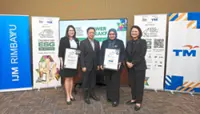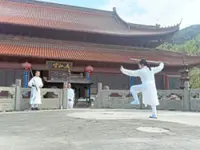WHEN it comes to creating sustainable, eco-friendly living spaces, EcoWorld is somewhat of a pioneer at the forefront of innovation and responsible development.
Beyond crafting beautiful homes, the developer goes the extra mile to ensure that the surrounding greenery are in perfect harmony with the principles of environmental, social and governance (ESG).
Already a subscriber? Log in
Save 30% OFF The Star Digital Access
Cancel anytime. Ad-free. Unlimited access with perks.





